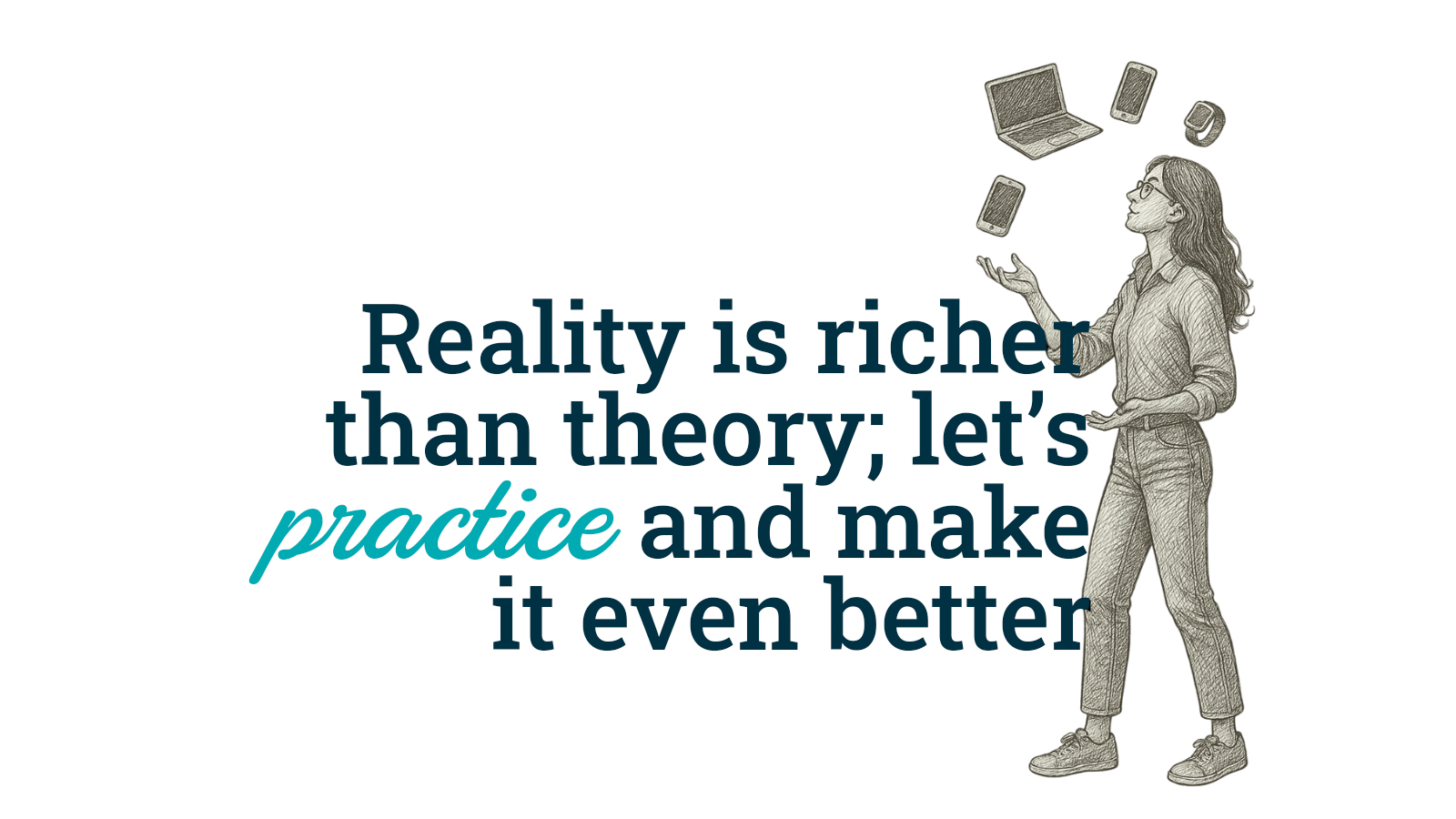
Principles
of AI Practice

Understand the context of use
Before using an AI tool, it’s important to identify what you need it for and what kind of task you’re working on. Not all tools serve the same purpose, so it’s helpful to ask yourself whether you’re looking to generate ideas, correct text, create code, or learn something new.

Gather prior information
You shouldn’t rely solely on AI. It’s a good idea to do your own research, consult reliable sources, and build a foundation of knowledge before interacting with the tool. This helps you ask better questions and evaluate the responses more critically.

Be critical and compare
AI can make mistakes or reflect biases. It’s essential to compare what it offers with other sources, reflect on its validity, and avoid taking everything as absolute truth. Ask yourself whether the information makes sense and where you can verify it.

Learn from the process
AI should be used as a tool for learning, not just for getting quick answers. Pay attention to how it responds, what kind of language it uses, and how you can improve your own skills based on what it shows you. By engaging with AI thoughtfully, you can develop better communication, research, and problem-solving abilities.
Check Your Understanding

